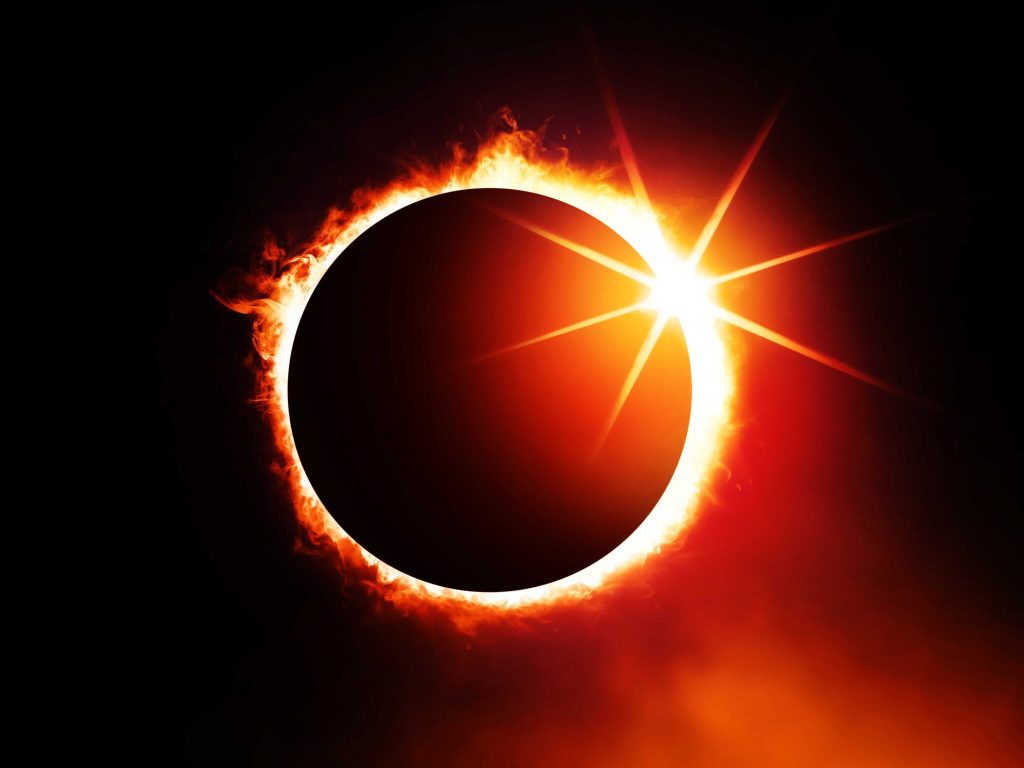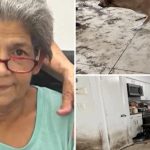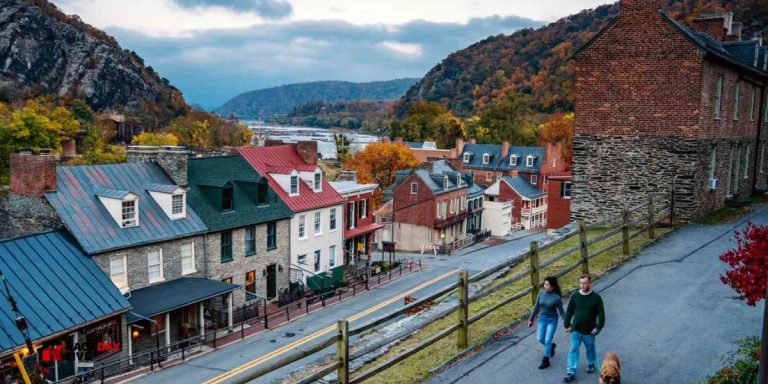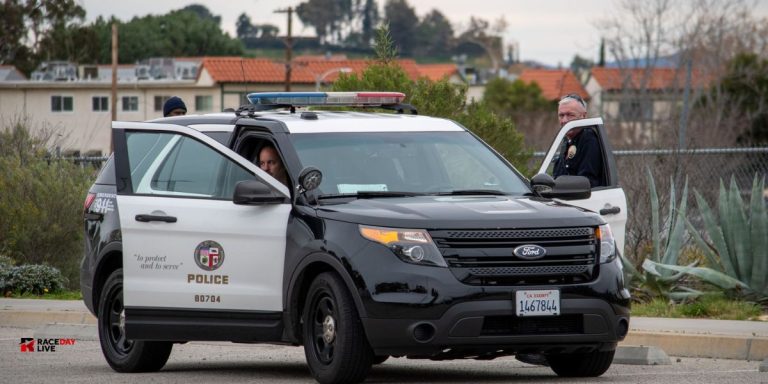In an astronomical event set to captivate millions, the United States is gearing up for a breathtaking total solar eclipse on April 8, 2024. This celestial phenomenon is expected to be even more remarkable than the one witnessed in 2017, as it spans a broader path across the country, encompassing highly populated cities and presenting a unique set of circumstances for scientific exploration.
Scheduled to commence around 1 p.m. CT, the eclipse will provide an extraordinary opportunity for over 30 million people to witness the moon completely covering the sun. Unlike the 2017 eclipse, which traversed a 70-mile-wide band, this upcoming event will be the most populated eclipse in U.S. history, allowing 31.5 million people to conveniently experience the celestial spectacle without extensive travel.
Major cities such as Dallas, Cleveland, and Indianapolis find themselves in prime positions for optimal viewing, promising a visual feast for those donning protective glasses. The eclipse’s path stretches from Mexico to northeastern Canada, offering a diverse range of locations for enthusiasts to observe this natural wonder.

Read more:
- Acts of Kindness: Good Samaritan Supports a Homeless Man and His Dog in Returning to Their Street.
- Untouched Wealth: $2 Million in Coins Still in Existence
- New Moms in Texas Eligible for Full-Year Medicaid and CHIP Benefits
- Tragic Dental Procedure in Texas Leaves Miami Woman with Severe Brain Damage
Excitement is building, fueled by the anticipation of a longer totality period compared to the 2017 eclipse. Depending on the viewer’s location, they can expect approximately 3 to 4 minutes of the moon obscuring the sun during the peak of the eclipse. Kelly Korreck, NASA’s program manager for the 2024 solar eclipse, expressed the uniqueness of this event, highlighting the extended duration of totality.
Adding to the allure, the sun’s increased activity during its solar maximum phase promises an even more captivating display. Solar flares and the potential for a coronal mass ejection (CME) have scientists hopeful for extraordinary visuals. Korreck explained that witnessing a CME during the eclipse could lead to enhanced aurora borealis activity a few days later, making the entire celestial event even more spectacular.
The scientific community is gearing up for what is anticipated to be the most observed total solar eclipse in history. Acknowledging the significance of such events, astrophysicist Nour E. Raouafi of Johns Hopkins University emphasized the unique experimental opportunities they provide. Referencing the 1919 eclipse that confirmed Albert Einstein’s theory of relativity, Raouafi highlighted the potential groundbreaking discoveries that can stem from studying eclipses.

NASA, along with other institutions, is planning an array of experiments during the eclipse, utilizing radar, balloons, spacecraft, and jets. Notably, the presence of two sun-scrutinizing spacecraft in orbit around our star provides an unprecedented opportunity for close monitoring from different perspectives. This dual-spacecraft approach, coupled with on-ground instruments, is poised to yield the most comprehensive eclipse data to date.
Citizen scientists are also invited to contribute to this scientific extravaganza. NASA encourages individuals to use Ham radios, telescopes, cameras, and smartphones to document the eclipse. The data collected by citizens will contribute to a myriad of projects aimed at understanding the various aspects of the eclipse, from changes in atmospheric conditions to the visual dynamics of the sun.
As the nation eagerly awaits this celestial event, scientists, enthusiasts, and curious individuals alike are gearing up to make the most of the unique opportunities presented by the total solar eclipse on April 8, 2024. With its broader path, increased solar activity, and the collective efforts of both professionals and citizen scientists, this eclipse promises to be a once-in-a-lifetime experience for many, leaving an indelible mark on the scientific community and the public alike.























+ There are no comments
Add yours